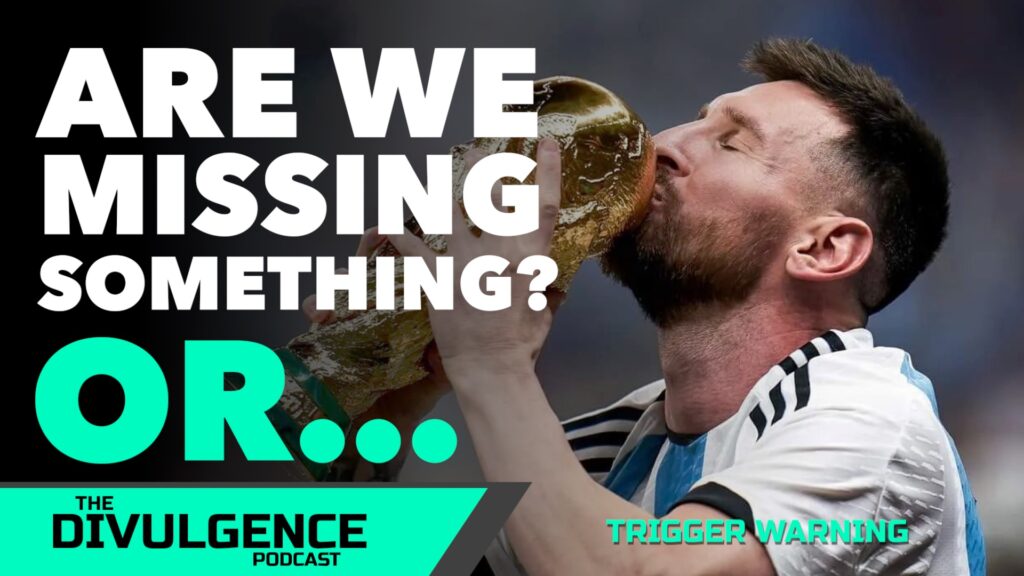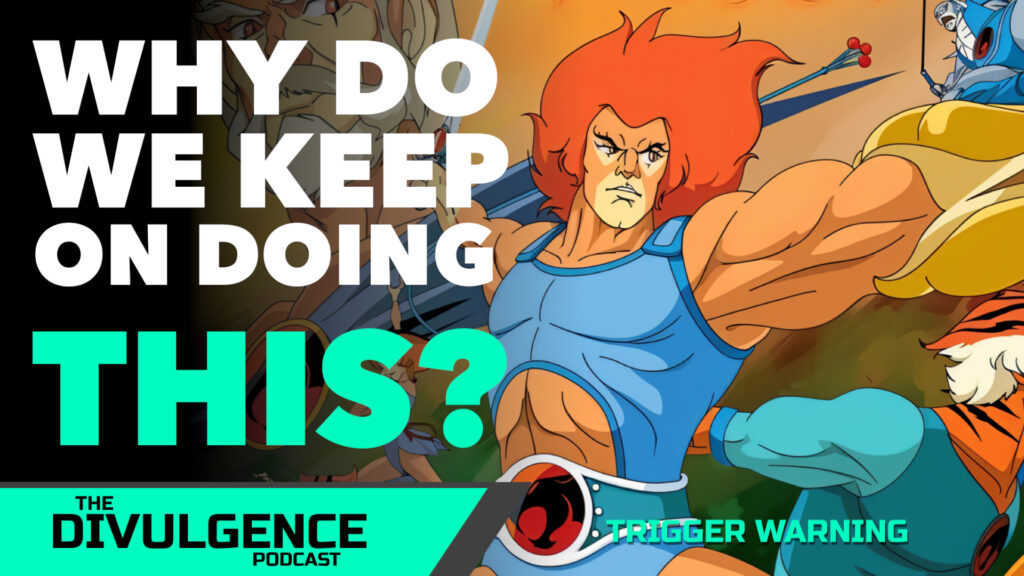Introduction: Are Men and Women Truly Made for Each Other?
The conventional wisdom that men and women are naturally made for each other is often oversimplified, neglecting the complexities of human relationships throughout history. When we look beyond romanticised ideals, we see that men and women were not simply crafted for each other’s sake but to serve a broader purpose: the survival and continuation of the family unit. This insight helps explain why relationship structures, such as monogamy, serial dating, childless partnerships, and single parenthood, have evolved in so many different directions. How have ancient survival instincts shaped our modern-day dynamics, and what does this mean for the future of gender roles?
The Historical Roots: Survival, Gender Roles, and the Emergence of Monogamy
To understand the complexities of modern relationships, it’s important to first consider the conditions that shaped human behaviours over thousands of years. In the prehistoric past, survival was the primary goal, and the roles of men and women evolved accordingly. These roles weren’t about romantic ideals but were geared towards meeting the practical needs of early human societies.
Early Human Societies and Gender Roles
In hunter-gatherer societies, men typically took on the role of hunters, providing food and protection, while women gathered plant-based foods and tended to child-rearing. This division of labor wasn’t arbitrary; it was a strategic adaptation to ensure the survival of the tribe. The women’s ability to bear children tethered them to certain roles, while men’s strength and mobility positioned them for others. Over thousands of years, these roles became ingrained, shaping gendered expectations and behaviours.
Evolutionary psychology posits that these behaviours were driven by what’s known as “sexual selection”—a process where certain traits become more prevalent because they enhance an individual’s chances of reproducing. For women, traits like nurturing behaviour and physical cues of fertility (e.g., youth, health) became emphasised. For men, qualities like strength, resourcefulness, and bravery were sought after. These adaptations were not just about individual survival but were geared towards ensuring the survival of one’s genes through the next generation.
The Development of Monogamy
Monogamy, as we understand it today, wasn’t always the norm in human societies. Anthropological studies suggest that many early human groups practiced forms of polygamy or serial monogamy, where bonds would form and dissolve based on practical needs such as resource availability and social alliances. The shift towards monogamous pair-bonding likely emerged as a social strategy to ensure the stability of the family unit, particularly when raising children required sustained cooperation between parents.
Monogamy provided a framework for allocating resources and minimising conflict. In ancient societies where food was scarce and the threat of violence was constant, a committed partner could mean the difference between life and death. Thus, monogamy became not just a romantic ideal, but a practical arrangement. This transition is also reflected in early laws and religious texts, which began to enforce rules around marriage and inheritance, thereby solidifying the role of monogamy in maintaining social order.
The Evolution of Female Desires: From Survival to Social and Self-Expression
Ancient Strategies: Attracting and Retaining a Mate
For much of human history, a woman’s survival and her children’s survival depended on securing a strong and capable partner. Consequently, behaviours that increased a woman’s attractiveness or signalled her fertility became advantageous. Archaeological findings of ancient jewellery, cosmetics, and adornments suggest that women have long been using tools to enhance their appearance and social status. Even in hunter-gatherer tribes, displays of health and beauty, such as body paint or decorative garments, played roles in social rituals related to mate selection.
Psychological and Social Pressures in Modern Society
Today, the context has changed, but these behaviours persist. The use of makeup, fashion, and social media as platforms for self-presentation can be viewed as modern adaptations of ancient strategies aimed at attracting partners and securing social approval. Despite advancements in gender equality, many women still face social pressure to maintain certain physical standards, reflecting ancient ideals of beauty and desirability. These standards have evolved, yet the underlying drivers remain connected to reproductive fitness and competition for high-quality mates.
Psychologist Nancy Etcoff, in her book *Survival of the Prettiest*, discusses how evolutionary mechanisms still influence standards of beauty. She argues that modern beauty standards, despite cultural differences, tend to favour traits associated with fertility and health—clear skin, symmetrical features, and a youthful appearance. This suggests that even as society advances, deeply rooted psychological mechanisms continue to shape behaviours and preferences in subtle but significant ways.
The Male Pursuit: Earning Worthiness Through Competition
From Warriors to Businessmen: The Evolution of Male Status-Seeking
Throughout history, men have competed to demonstrate their fitness as mates, often through displays of strength, wealth, or status. Ancient texts, from Homer’s *Iliad* to the Norse sagas, are filled with tales of men fighting for honour, wealth, and the attention of desirable women. Such stories are not just cultural artefacts; they reflect deep-seated instincts that have shaped male behaviours for millennia.
In prehistoric times, a man’s ability to protect and provide directly influenced his desirability as a mate. Anthropologists have noted that tribal societies often glorify “warrior” culture, where men earn status and social recognition through hunting prowess or combat skills. These skills increased a man’s chances of securing a partner and, by extension, passing on his genes. In modern society, this drive has not disappeared; it has transformed into the pursuit of career success, athletic achievement, or social influence.
Psychological Implications of Competition
This deeply rooted drive to achieve has significant psychological consequences. Psychologists David Buss and Douglas Kenrick, who specialise in evolutionary psychology, have explored how status-seeking behaviours manifest in modern contexts. Buss suggests that men’s pursuit of power and resources can be linked to an evolutionary need to enhance their attractiveness to potential mates. However, this can also lead to negative outcomes, such as workaholism or aggression, when the pressure to prove oneself becomes overwhelming.
In the context of monogamy, these behaviours manifest in the desire to “win” a partner’s affection and maintain exclusivity. For many men, success is equated with worthiness in relationships, leading to a cycle where self-esteem is tied to external achievements. This can create tension when the realities of long-term commitment—such as the demands of parenting or maintaining emotional intimacy—conflict with the pursuit of traditional status markers.
The Price of Civilisation: Monogamy, Freedom, and Its Discontents
The Rise of Monogamy as a Social Norm
With the development of agriculture and settled societies, the dynamics of relationships began to change. Land ownership and wealth accumulation became possible, leading to the institutionalisation of marriage as a way to ensure the inheritance of property and maintain social order. The concept of monogamy, as legally and religiously mandated, solidified during this period, not only as a social ideal but also as a practical necessity.
The ancient Greeks and Romans practiced various forms of marriage, but even then, monogamy was often reserved for ensuring legitimate heirs rather than romantic attachment. The Catholic Church further reinforced monogamy in the medieval period, with marriage being promoted as a sacred bond for procreation and social stability. By intertwining marriage with legal and religious mandates, monogamy became a cornerstone of Western social structures.
The Modern Challenge of Monogamy
In the modern world, monogamy faces new challenges, as the freedom to choose one’s lifestyle clashes with instinctual drives. The rise of individualism has led people to pursue relationships that prioritise personal fulfilment over traditional social norms. While this shift has allowed for more diverse expressions of love and partnership, it has also highlighted the difficulties inherent in maintaining long-term, monogamous relationships.
Anthropologist Helen Fisher, a leading expert on the biology of love, argues that while humans are “serially monogamous” by nature—often staying with one partner for a period before moving on—cultural expectations have stretched the idea of monogamy to mean lifelong exclusivity. This can create cognitive dissonance for individuals whose instincts may be at odds with social expectations, leading to phenomena such as infidelity or serial relationships.
Ancient Behaviours in Modern Settings: How Instincts Manifest Today
Jealousy and Competition: Echoes of an Ancient Past
Modern behaviours such as jealousy, possessiveness, and competitiveness in romantic relationships can be traced back to ancient survival strategies. In early human societies, losing a mate could mean a loss of resources, protection, and social status, making jealousy a protective mechanism. Even in today’s world, where physical survival is less of an issue, these emotions persist, suggesting that they are deeply embedded in the human psyche.
Evolutionary biologist David M. Buss has conducted extensive research on jealousy as a defence mechanism. His work indicates that jealousy serves to guard against threats to a relationship, such as infidelity, which could disrupt the family unit’s stability. In a world where monogamy is the norm, jealousy becomes a complex emotional response that must be managed carefully, as it can both strengthen and weaken romantic bonds.
The Role of Social Media in Modern Mate Selection
In today’s digital age, social media has become a new arena for displaying status and attractiveness. Platforms like Instagram and dating apps act as virtual marketplaces where individuals showcase traits historically associated with mate selection—such as physical appearance, wealth, and social status. These platforms create environments where ancient instincts are constantly triggered, influencing how people perceive themselves and others.
Social media can amplify feelings of inadequacy and competition, as users are constantly comparing their lives to idealised versions presented by others. Psychologists have observed that these comparisons can lead to anxiety, depression, and low self-esteem, especially when one’s social media presence doesn’t measure up to societal standards of attractiveness or success. In this way, ancient behaviours are not only alive and well but are being intensified by modern technology.
Psychological Causes and Effects: Navigating Evolutionary Drives in Modern Relationships
Cognitive Dissonance and Relationship Conflicts
The clash between instinctual behaviours and contemporary social expectations often leads to cognitive dissonance—a psychological state where conflicting beliefs or behaviours cause mental discomfort. For example, a person may desire exclusivity in a relationship but also experience attraction to others, leading to guilt or confusion. Understanding that these conflicting emotions are not moral failings but natural instincts can help individuals navigate relationships more effectively.
In his book *The Happiness Hypothesis*, psychologist Jonathan Haidt discusses how ancient evolutionary drives can conflict with modern goals, creating internal struggles that affect mental well-being. Haidt suggests that understanding the evolutionary roots of our behaviours can help us reconcile these conflicts, leading to healthier relationships and personal growth.
The Role of Attachment Theory in Modern Relationships
Attachment theory, developed by John Bowlby and later expanded by Mary Ainsworth, provides a framework for understanding how early experiences with caregivers influence adult relationship patterns. According to attachment theory, individuals form attachment styles—secure, anxious, or avoidant—that shape how they relate to partners. These attachment styles can be seen as modern expressions of ancient survival strategies, where maintaining close relationships was crucial for protection and resource sharing.
For instance, an anxious attachment style, characterised by a fear of abandonment, may be rooted in ancient concerns about losing a partner who provides safety and resources. On the other hand, an avoidant attachment style, where individuals prioritise independence, could reflect strategies used in environments where self-reliance was more advantageous. Understanding these patterns can help individuals recognise the underlying causes of their relationship behaviours and address them constructively.
The Impact on Society: Do Modern Lifestyles Challenge or Reinforce Old Patterns?
The Resurgence of Non-Traditional Relationship Models
While monogamy remains a dominant social norm, alternative relationship models such as polyamory, open relationships, and voluntary single-hood are gaining visibility. These models challenge traditional gender roles and expectations, allowing individuals to explore different ways of meeting their emotional and social needs. However, even within these alternative arrangements, ancient instincts still play a role. For example, feelings of jealousy or competition can arise in polyamorous relationships, requiring participants to negotiate boundaries and address insecurities actively.
Gender Roles and the Evolution of Parental Investment
Historically, women have invested more in child-rearing due to biological constraints like pregnancy and breastfeeding. This has shaped societal expectations about gender roles within families. However, as gender equality advances, more men are taking active roles in parenting, challenging traditional norms. Studies show that shared parenting responsibilities can improve relationship satisfaction and child outcomes, suggesting that evolving gender roles may better align with the needs of modern families.
Still, these changes can create tension, as some individuals may struggle with shifting expectations. For men, the pressure to balance traditional roles of provider and protector with newer expectations of emotional availability and caregiving can be challenging. For women, balancing career aspirations with family life may evoke feelings of guilt or inadequacy, echoing ancient survival concerns about resource allocation.
The Future of Relationships: What’s Next for Men and Women?
The Role of Technology in Shaping Future Relationships
As technology continues to evolve, its impact on relationships is likely to grow. Virtual reality, artificial intelligence, and genetic engineering could redefine concepts of attraction, mate selection, and even family structure. Some futurists predict the rise of “designer babies” and gene editing, which could shift focus from natural selection to conscious choice, fundamentally altering how we view partnership and reproduction.
Digital communication has already changed the dynamics of relationships, with texting, video calls, and social media creating new forms of intimacy and connection. However, these technologies also present challenges, such as the potential for miscommunication and emotional distance. Understanding the evolutionary basis for our responses to digital interactions can help individuals adapt to these new relationship landscapes.
The Changing Concept of Family
The traditional nuclear family model is being replaced by a variety of family structures, including blended families, co-parenting arrangements, and even “chosen families” where non-biological connections play a significant role. These changes reflect a broader trend towards individualisation and personalisation of life choices. However, as family structures evolve, so do the psychological and social challenges associated with them.
For instance, while childless couples may find fulfilment in careers or personal pursuits, they may also face societal pressure to conform to traditional expectations of family life. Similarly, single parents or those in non-monogamous relationships may struggle with social acceptance. The key to navigating these challenges lies in embracing the diversity of family forms while acknowledging the deep-seated instincts that continue to influence human behaviour.
Conclusion: Embracing Our Natural Instincts in a Changing World
Men and women were not solely created for each other’s fulfilment, but for the broader purpose of ensuring the survival and continuation of humanity. By understanding the evolutionary origins of our behaviours, we can navigate modern relationships with greater empathy and awareness. The instincts that drive our emotions—love, jealousy, loyalty, ambition—are not outdated relics but reflections of our shared history, shaping the very fabric of human society.
Rather than dismissing these instincts as primitive or irrelevant, we should recognise them as a part of our complex heritage. The desire to be attractive, to compete, or to feel jealousy connects us to a lineage that faced its own struggles for survival and belonging. Honouring these instincts can help us find a deeper sense of fulfilment in our relationships and a better understanding of what it means to be human.
In the end, the dynamics between men and women are not about being perfectly made for each other, but about learning to adapt, grow, and find meaning in the shared journey of life. While men might not be “bad” and women aren’t “crazy,” the forces that shape our behaviours are deeply embedded in our nature. By recognising these forces, we can better navigate the delicate dance of human relationships in a way that honours both our ancient roots and our modern aspirations.




